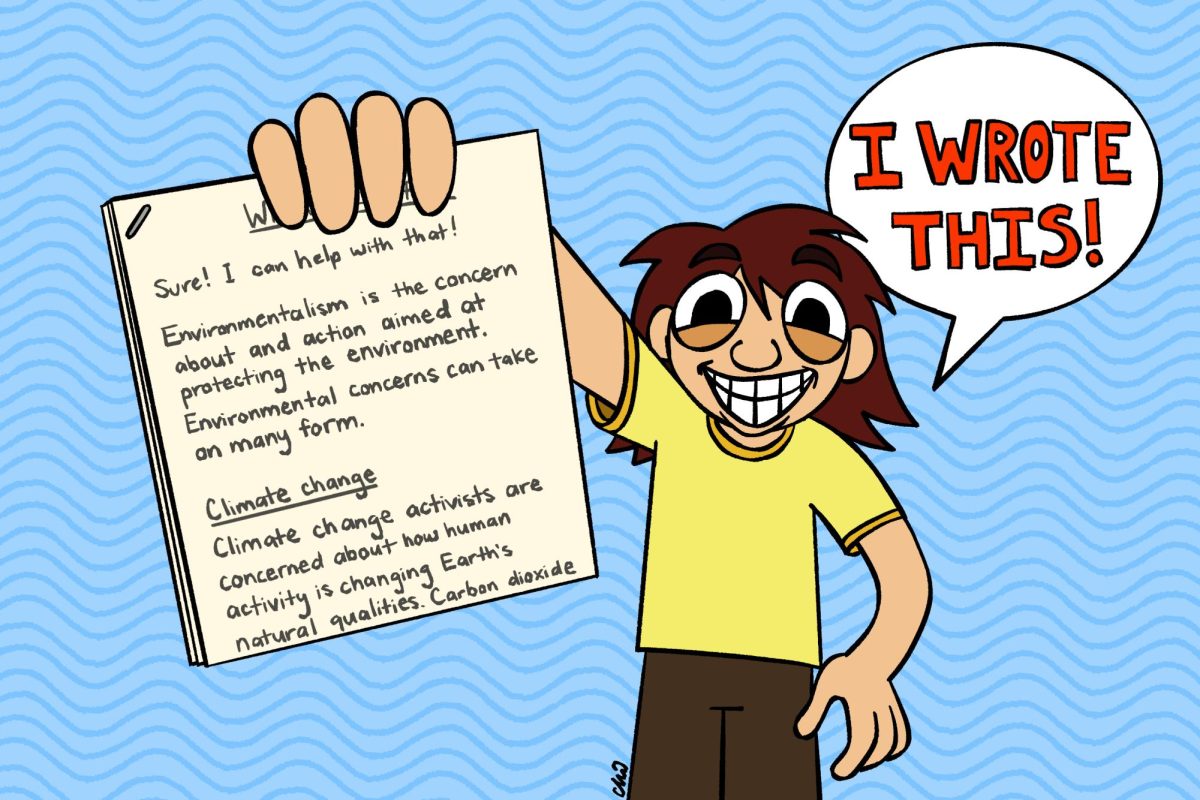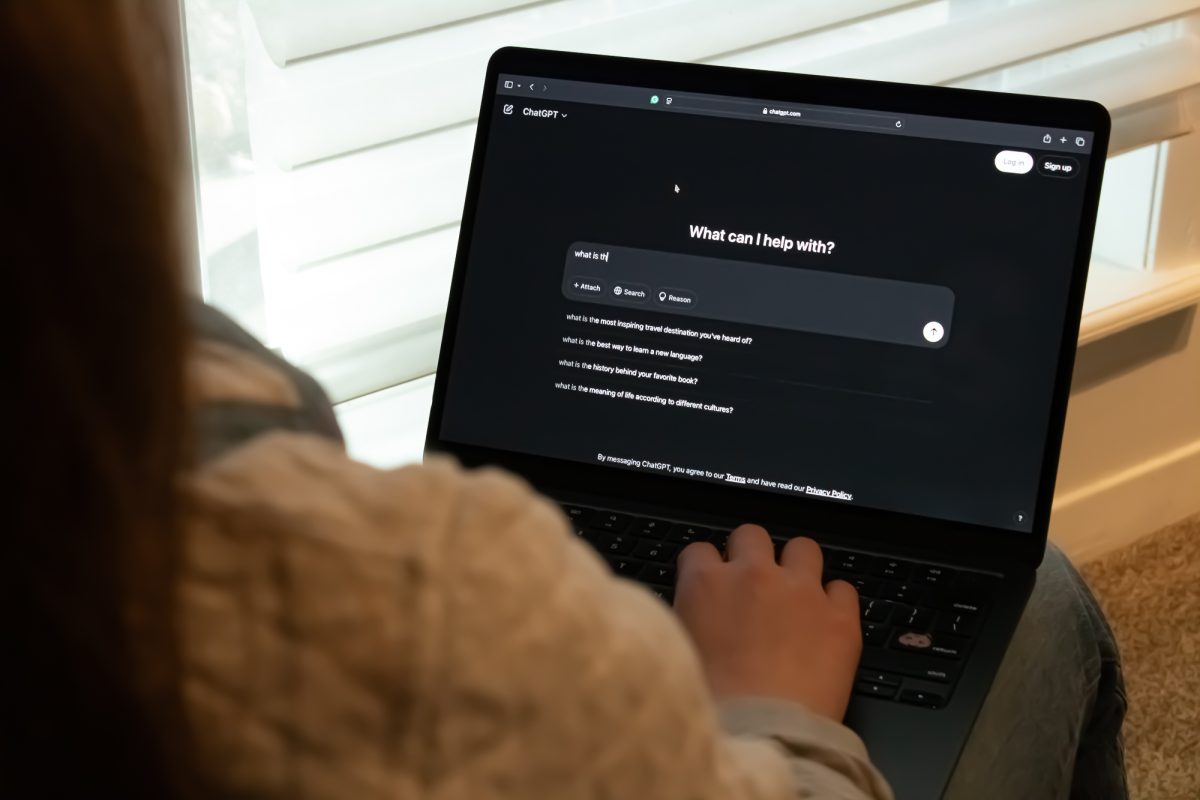Engineering is a dirty job. Engines break down, pipes burst and rockets explode — I’d be worried if they didn’t.
That’s why when SpaceX’s third attempt to land a used stage one rocket at sea was again unsuccessful, I got excited. Somewhere a group of engineers and technicians now have reams of data that tell them exactly what not to do the next time they launch a multimillion-dollar payload into orbit.
Failure is an important step in the right direction that is a painful — but absolutely necessary — part of the engineering design process. Even the most fantastic numerical model or mathematical description is worthless if a prototype refuses to work, and oftentimes the only way to prove or disprove two competing designs it to simply build both and see which one breaks first.
SpaceX’s idea to land and re-use the stage one of its Falcon 9 rockets is insane. Throw a pencil above your head and try to have it land — vertically and perfectly balanced on it’s eraser. Now imagine your pencil is a several-ton metal tube in space, plummeting back to Earth at a speed several times the speed of sound, and that your desk is a tiny barge floating in the ocean.
It’s an impossible scenario — until someone does it.
Failure in an endeavor like SpaceX’s goal of making first stage rockets reusable is not just expected — it’s a goal in itself. No one knows what it takes to re-land the rocket because no one had the nerve to try and make something unthinkable into reality. SpaceX engineers have to innovate and improvise as they go, and the best way to learn is by understanding why something failed.
Thomas Edison famously commented after his invention — the electric light bulb — gained popularity that, “I have not failed 10,000 times. I have not failed once. I have succeeded in proving that those 10,000 ways will not work. When I have eliminated the ways that will not work, I will find the way that will work.”
It took innumerable failures, but the end product was a triumph of engineering that forever changed the world.
SpaceX may make a perfect landing the next time they attempt to recover another stage one. Or they may fail once, twice, even a dozen more times. But each new failure brings with it new lessons, and as long as there are people willing to take risks — and invest money — in extremely risky ventures, mankind’s knowledge of how to explore and live in outer space will continue to grow.
John Rangel is an aerospace
engineering senior and the science and
technology editor for The Battalion.
Failure will lead to SpaceX’s success
January 19, 2016
Photo by Provided
The drone ship that SpaceX hopes will one day serve as a moveable landing pad for their stage one rockets.
0
Donate to The Battalion
$2790
$5000
Contributed
Our Goal
Your donation will support the student journalists of Texas A&M University - College Station. Your contribution will allow us to purchase equipment and cover our annual website hosting costs, in addition to paying freelance staffers for their work, travel costs for coverage and more!
More to Discover
















